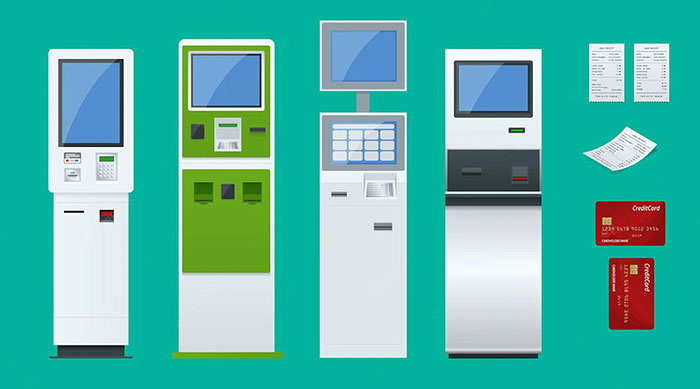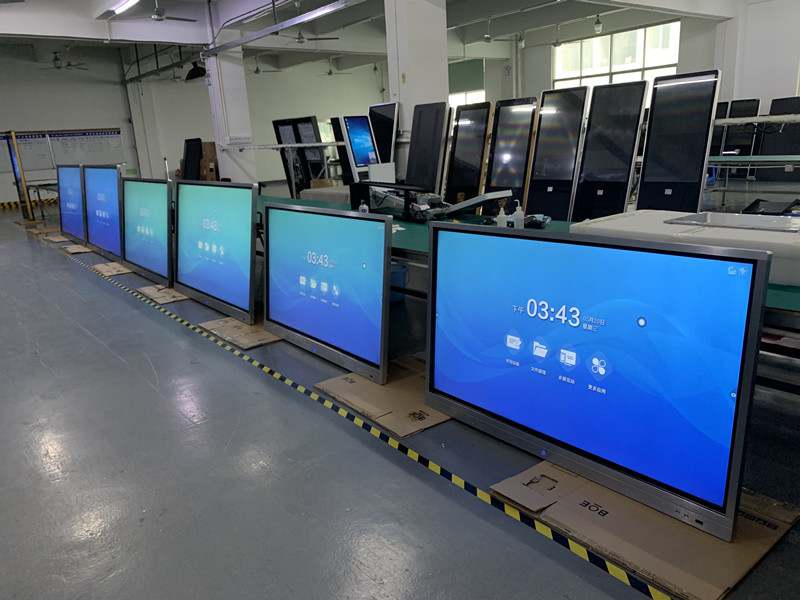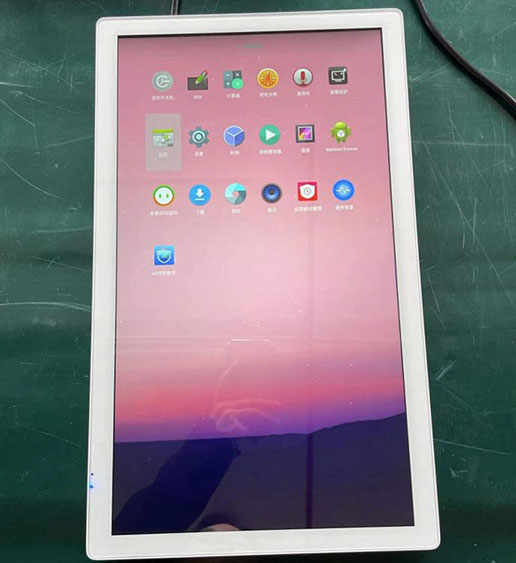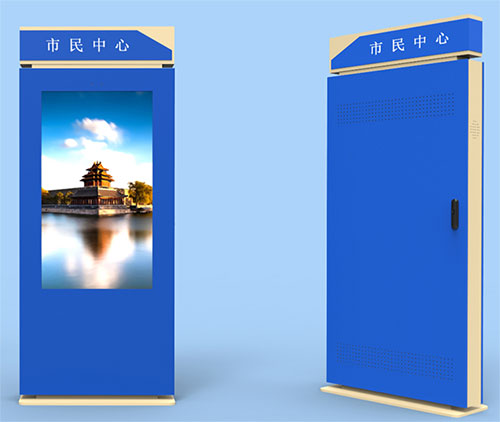Written By Eva Wen On 7th February 2023
Supermarkets are changing the way they do business. This is especially true when it comes to the digital world. Supermarkets of today are more tech-savvy than ever before, and they’re looking for ways to keep up with the new trends. As a result, many supermarkets have started implementing digital systems into their stores in order to cut costs as much as possible while still maintaining a clean look throughout. Digital is here to stay, so there’s no need to keep waiting for your supermarket’s facilities to catch up. The sooner you start preparing for this change, the easier it will be for you once the transformation is over. Not only will implementing digital touch screens into your store save you money by cutting down on costly repairs and maintenance costs; but it will also keep customers happy by reducing wait times in checkout lines and increasing transparency throughout all operations.

What is a touchscreen display?
A touchscreen display is a special computer screen that allows customers to interact with prerecorded content. Basically, it’s a computer display that can be used to take customer orders. In addition, the touchscreen can be used to help customers check out, navigate the store and retrieve information about items, like their nutritional value or ingredients. These screens come in a variety of sizes and make sense for a variety of different types of stores. Generally, supermarkets with a small to medium footprint are best suited for small-sized touchscreens. Similarly, groceries with low customer traffic and high customer satisfaction can make the most of a large touch screen.
Why use a touchscreen display in your supermarket?
The main reason why supermarkets now use touchscreen displays is to save time. In today’s increasingly hectic world, people have less and less patience. This means that they’re more likely to skip the line if it’s too long than if it’s not. As a result, shorter and more efficient lines will keep more customers happy longer. When it comes to the customer experience, there’s a lot to be said for the digital world. For example, customers can quickly scan a digital shelf label. They can also quickly find the product they want to purchase by scanning the barcode. This saves both customers and employees a lot of time.

Current state of the art in digital touchscreens
One of the reasons why digital systems are so popular amongst supermarkets is their advanced technology. Nowadays, touchscreen displays are so advanced that they can even register fingerprints! This means that you don’t have to worry as much as you used to about keeping your store clean. Not only will fingerprints on the screen lead to inaccurate readouts, but they can also mess with the system and cause errors. Security cameras are also one of the latest trends in the digital world. They can either record videos for customers to review or, in some cases, provide live video feeds straight to the cashier’s screen.
Which type of touchscreen to use in your store?
When it comes to choosing which touchscreen to use in your store, you’ve got two major options. One is an electronic hanging sign, and the other is a fully integrated digital sign. Generally, electronic hanging signs are cheaper to purchase and easier to install than digital signs. However, they’re less reliable and useful. In addition, these digital signs don’t require electricity, so they can be placed almost anywhere. Electronic hanging signs can be connected to the store’s system and used to display and control advertisements. These signs can also be programmed to play music, display product information, and even dispense coupons. If a supermarket decides to install digital signs, they can be programmed to play a variety of different messages depending on the time of day, day of the week or other factors.

Different types of hardware for different needs
A modern touchscreen display is a complex piece of hardware. This means that it comes in a variety of different varieties, designed for a variety of different needs. Generally, the more advanced the screen, the less frequently it will be used. If you’re planning on installing a digital sign in your store, you’ve got a few different options to choose from. One is an LED sign with touch controls, an interactive sign with digital content, or a sign with both. Generally, LED signs are the cheapest type of hardware and should be used in stores with low traffic and low customer expectations. However, they don’t produce much light, which means that they can’t be used in large areas where a lot of products need scanning at once. On the opposite end of the spectrum, interactive signs are expensive, but they’re also extremely useful. With these digital signs, you can display product information, dispense coupons, play music, and even make phone calls to customers. When choosing a touchscreen display, you want to think about the area that you want it to be used in. For example, if you want to use it in the produce section, you’ll need different hardware than if you plan on installing it at the cash register.

Not all touchscreens are created equal
When it comes to choosing a digital sign, it’s important to remember that each one is different. This is because not all displays are created equal. Plus, not all hardware is created for the same use cases. This means that the best choice for your store will depend on a variety of factors, like brand, price and the amount of usage it receives. Some hardware, like Hitachi displays, are more reliable and durable than other models. This means that they’ll last longer, even in high-traffic settings. Other factors, like brand, often have a lot more to do with the end result.
Conclusion
When it comes to digital displays, it’s important to take a long, hard look at your needs and your budget. This will help you make an educated decision about which type of display will work best for your particular needs.
 Eva Wen
Eva Wen
Eva Wen is the Digital Marketing Executive at CY Digital Signage.
